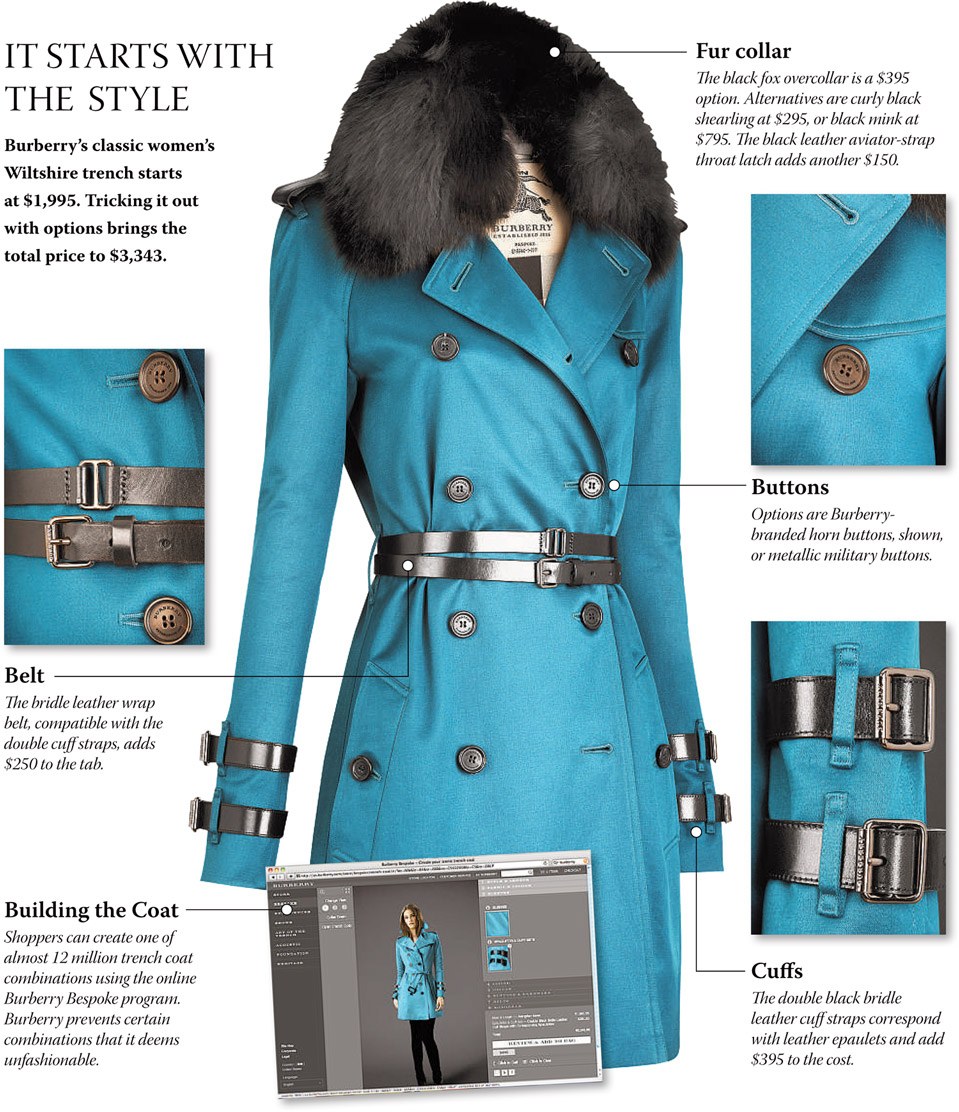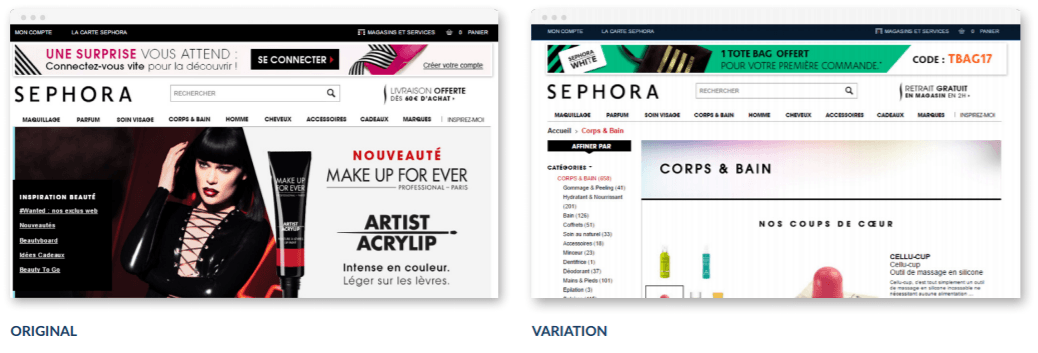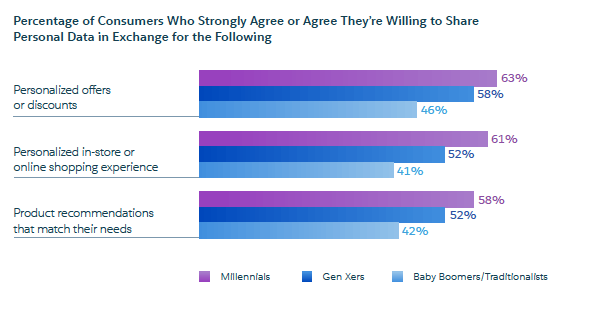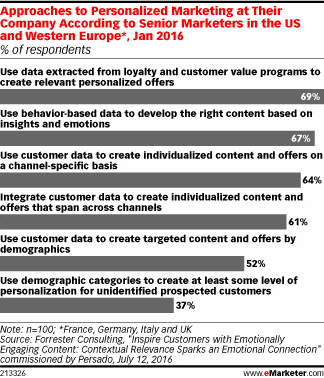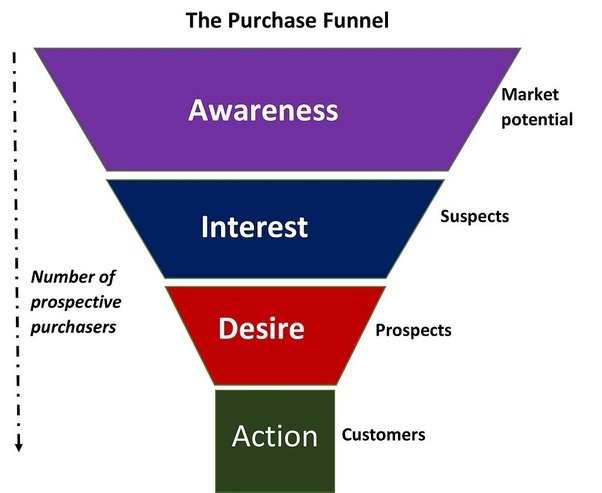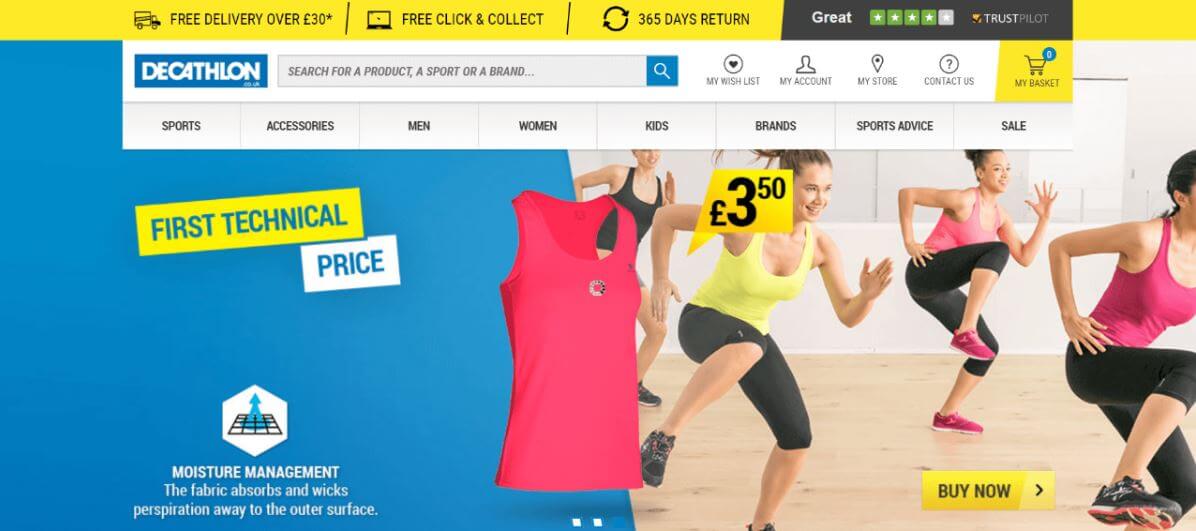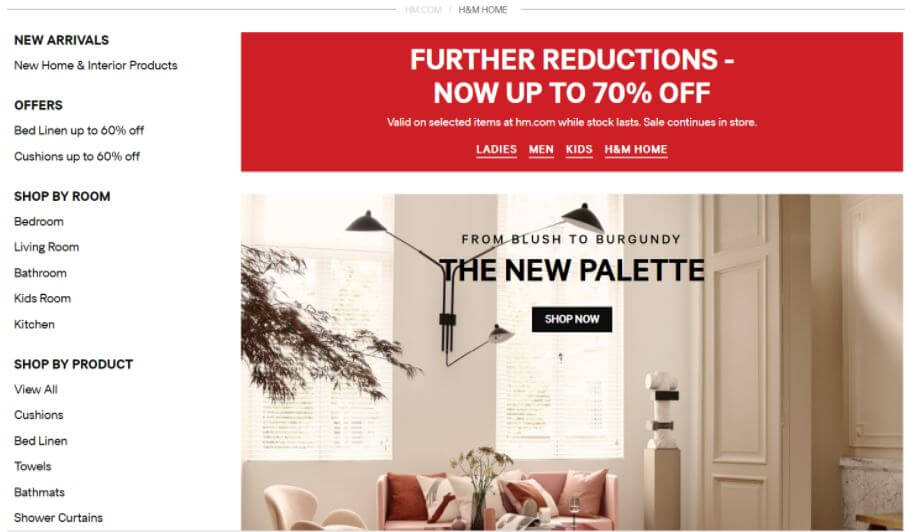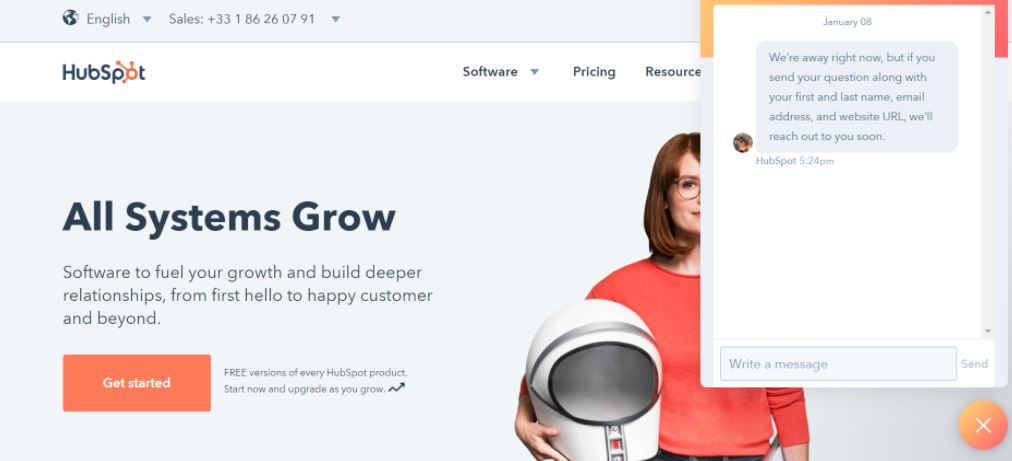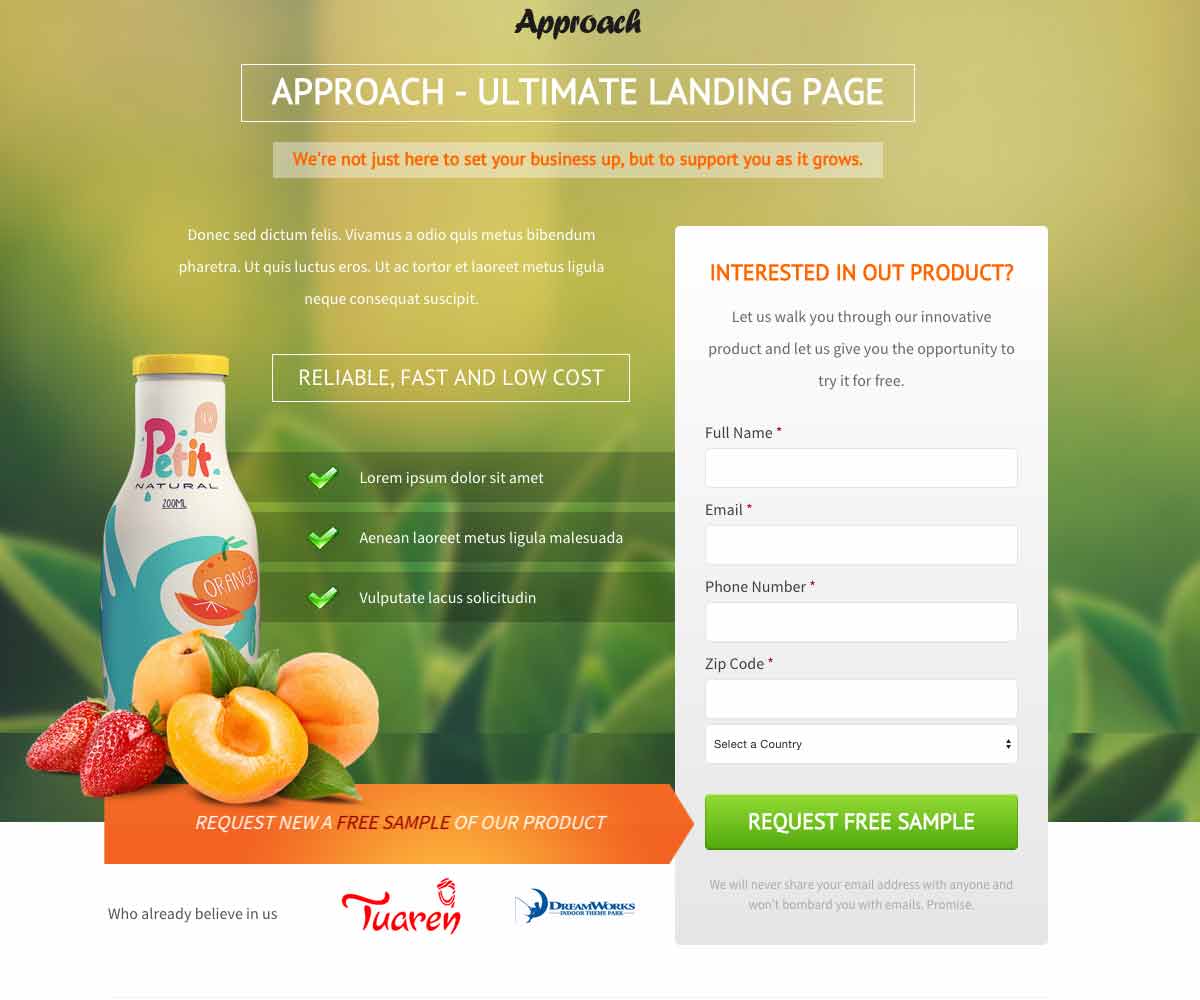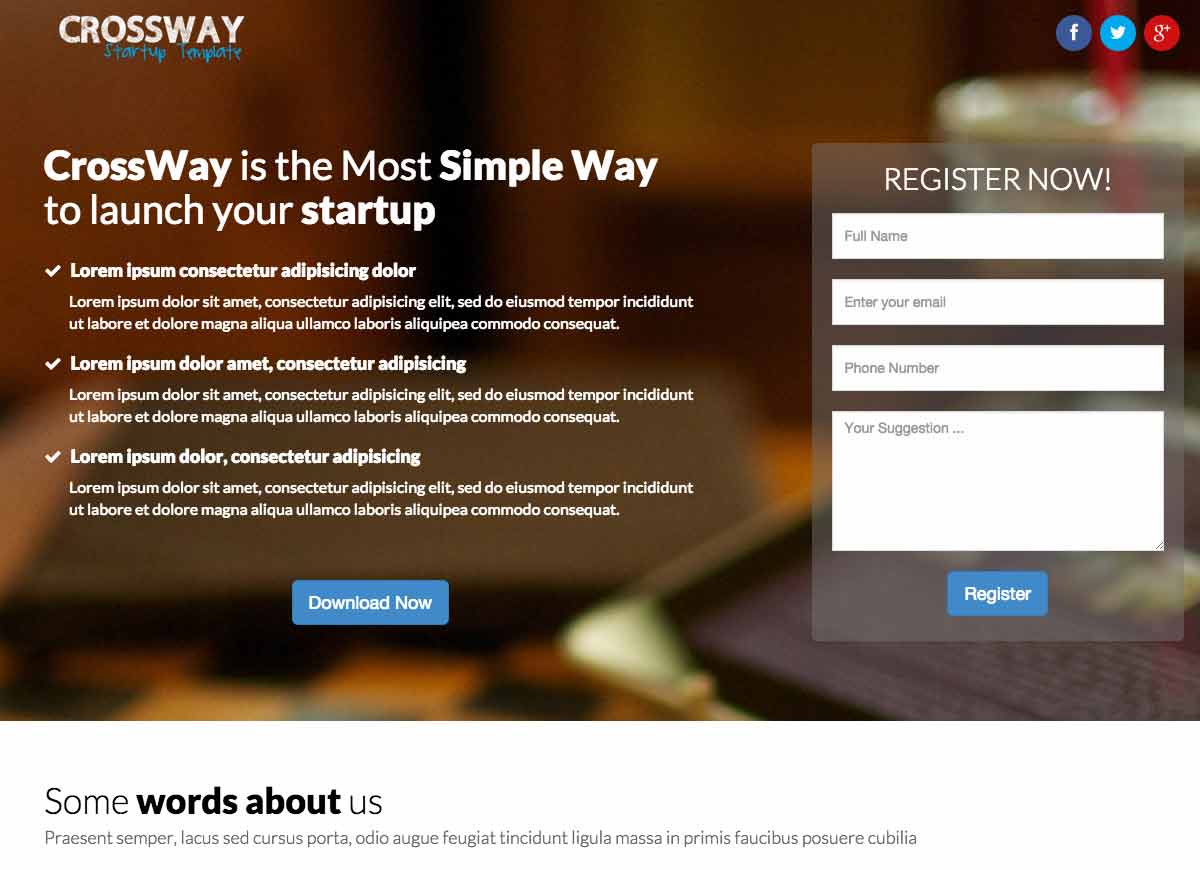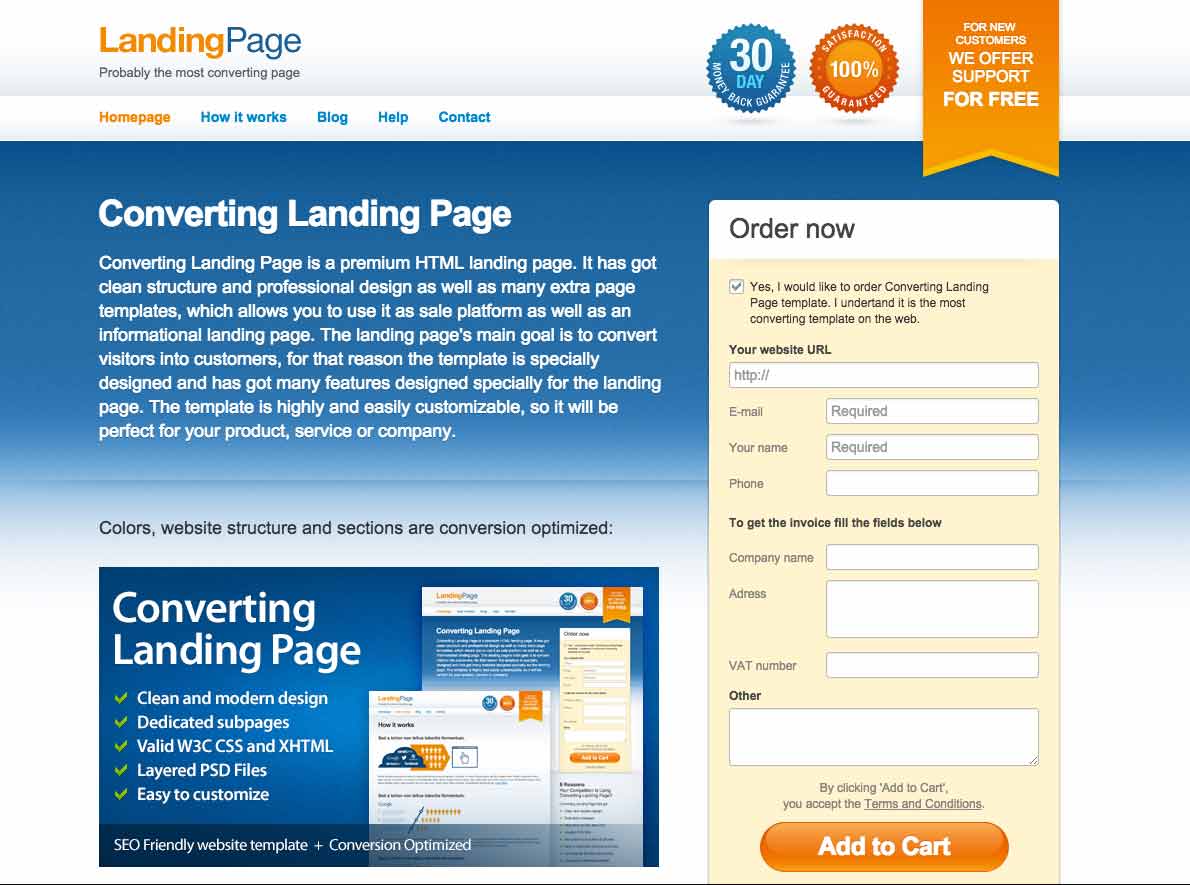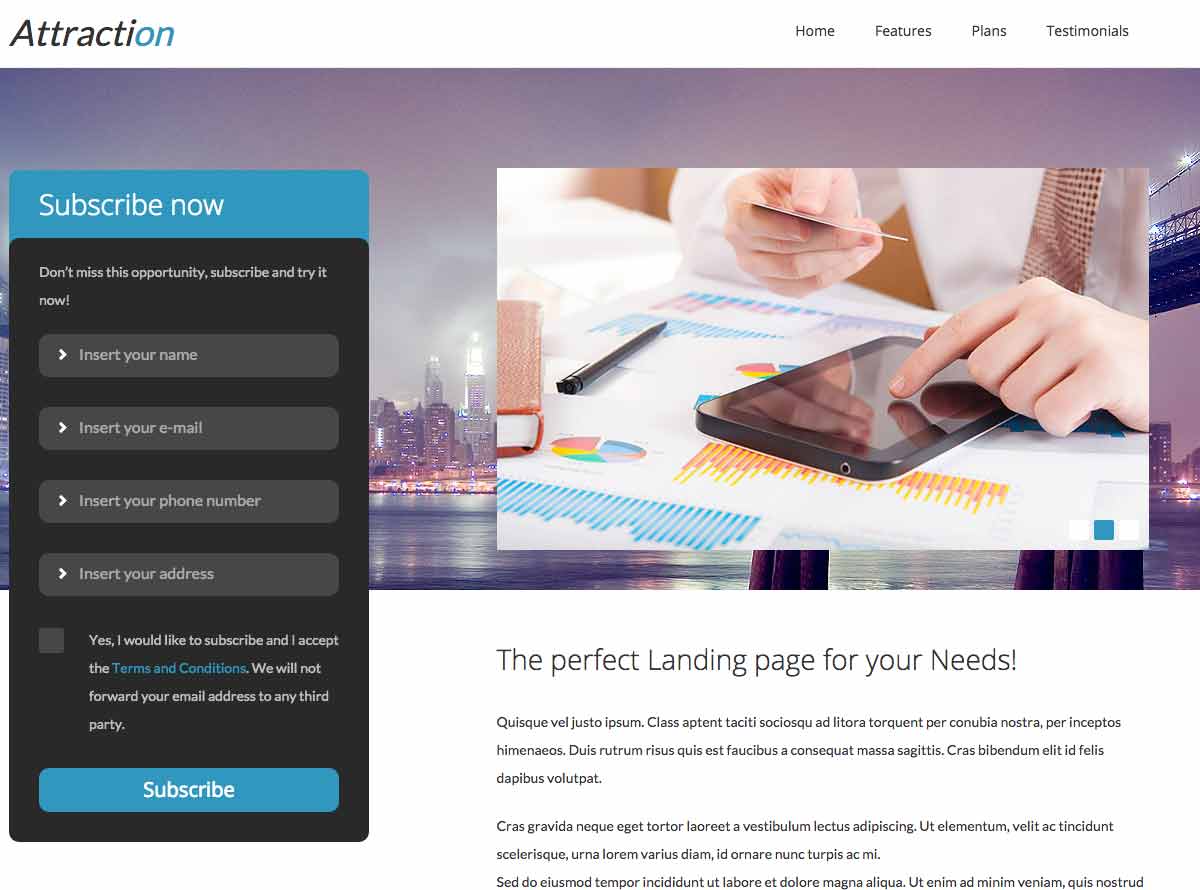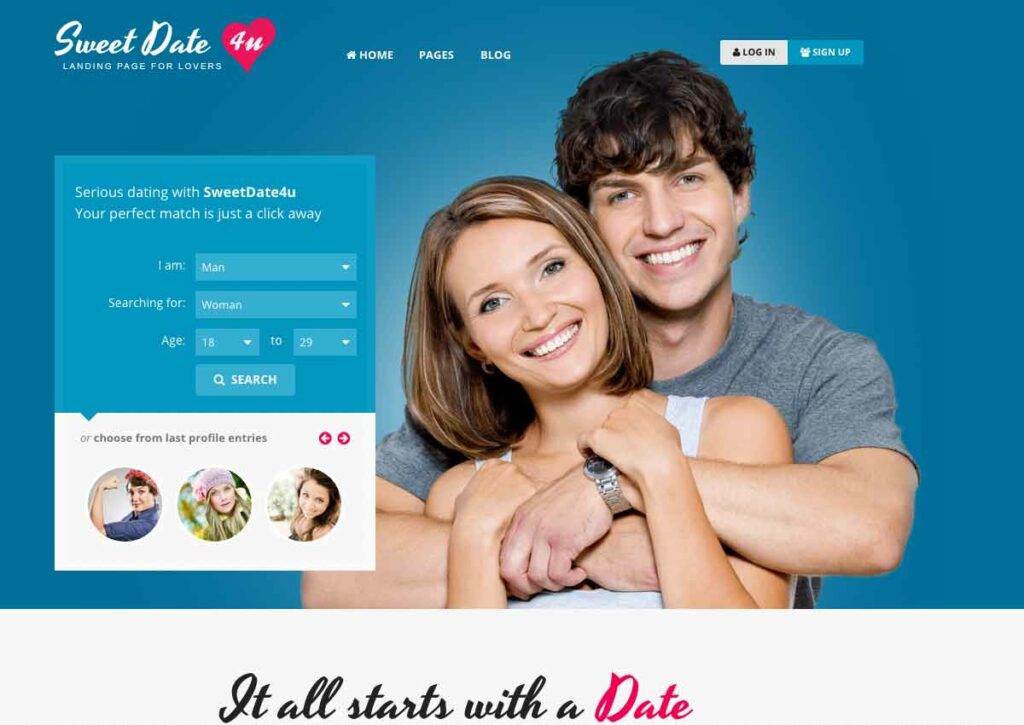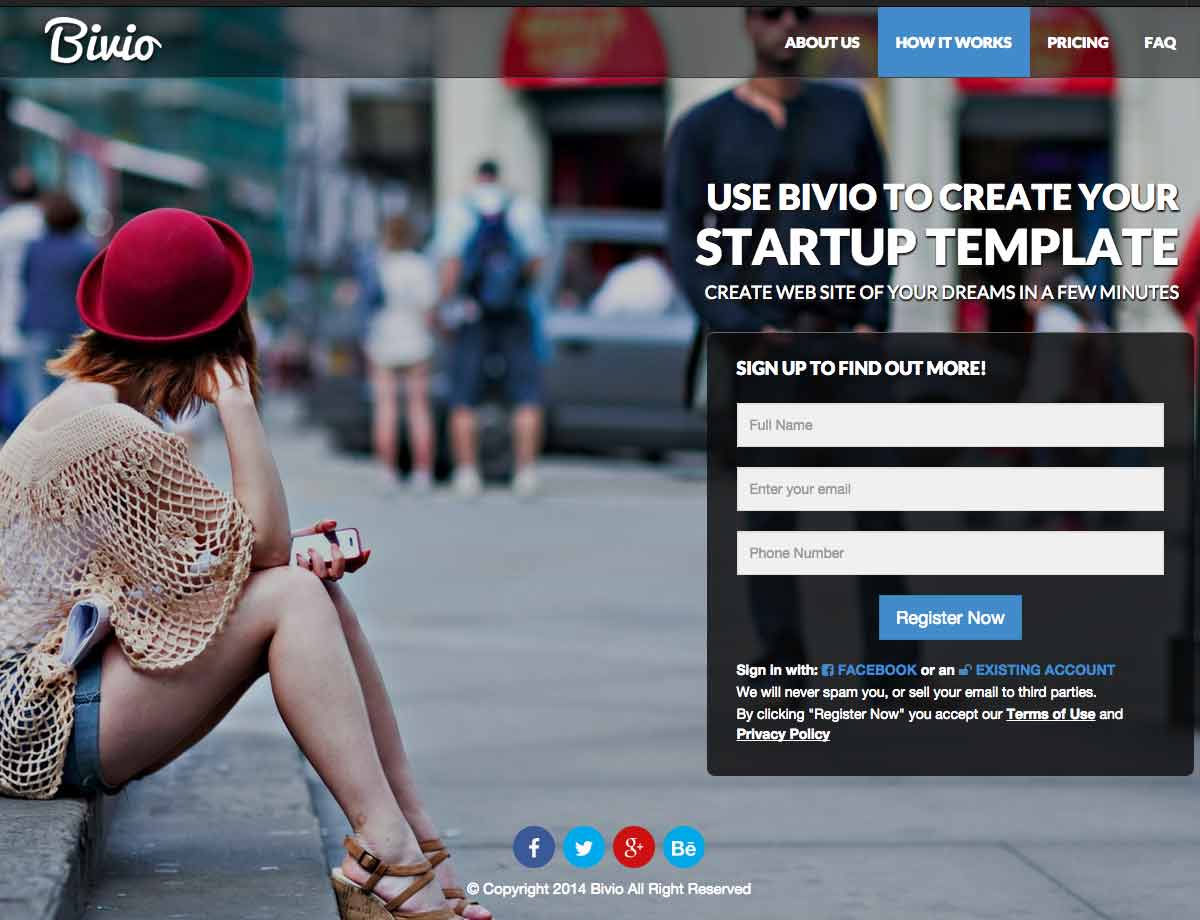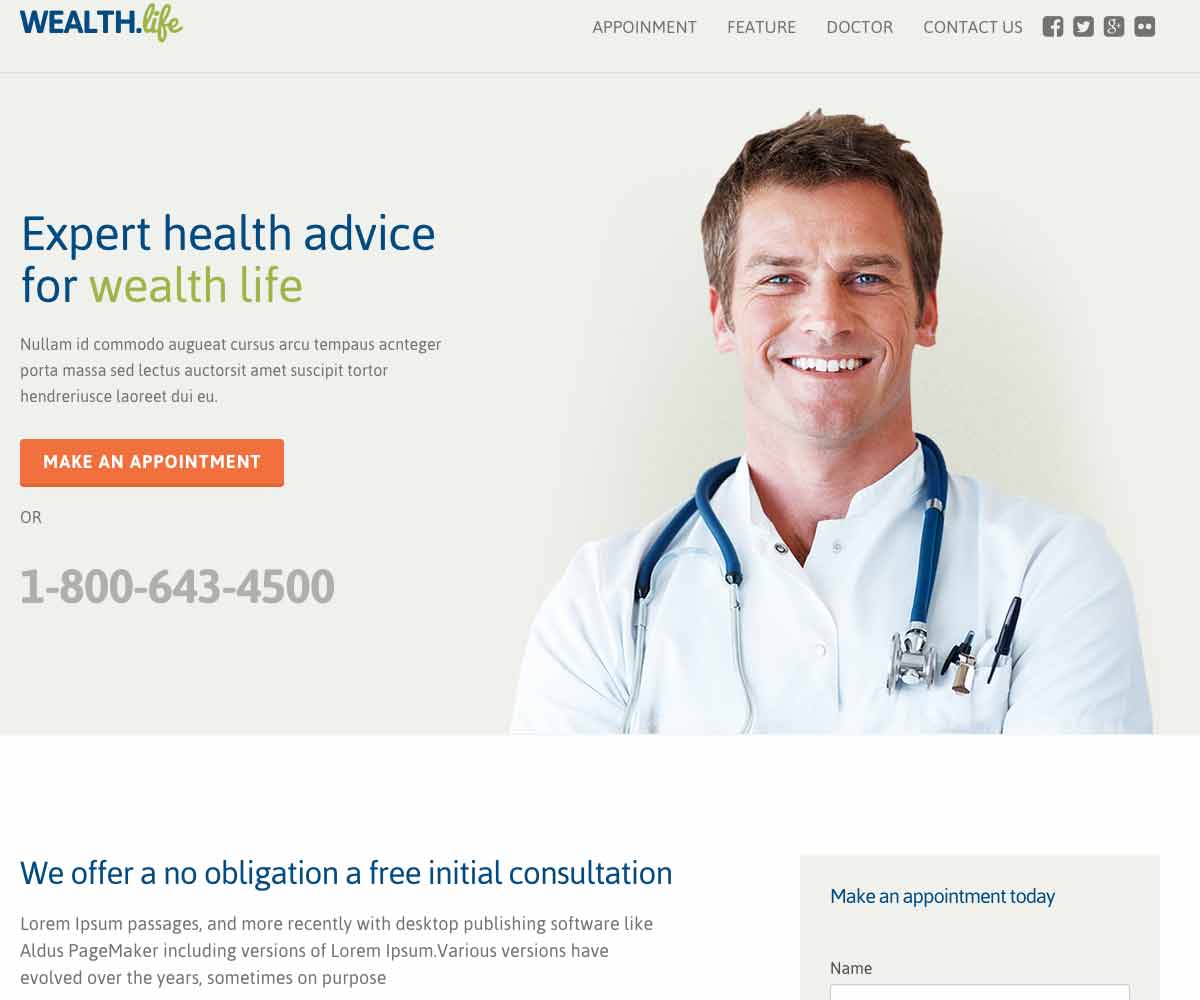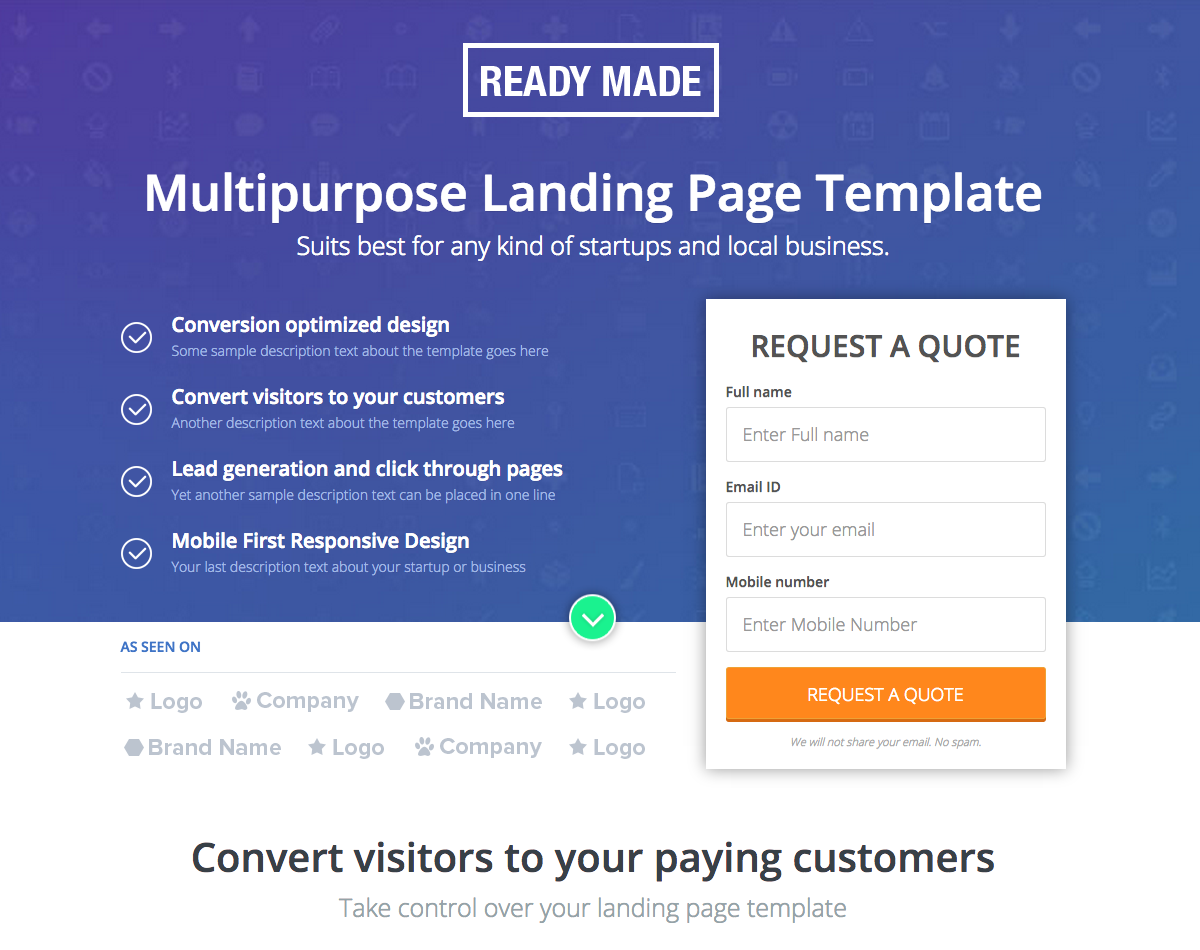Selling to a business isn’t drastically different from selling to a consumer. They’re both people after all.
The big difference is that businesses may have more than one decision maker, are likely more savvy in regards to how they spend business money, and won’t be sucked into weak offers as easily.
If you’re looking to increase your B2B conversions, here’s a list of things that will help you out. check out our ultimate guide to conversion rate optimization for more best practices.
Rework Your Offer
Take a hard look at your offer. See if there’s anything you can do to sweeten the deal. You can also look at how you position the offer. Are you highlighting the best parts of the deal? Is there anything more you can do? Don’t be afraid to change pricing, incentives or product amounts to achieve better conversion. A small decrease in product price can actually lead to more overall profit.
Talk About Benefits, Not Features
Too often we list the features of a product or service instead of how it will benefit us. The features aren’t the real selling point; it’s how it will benefit the business. A feature is “fast service”. The benefit of the speed is “you’ll have more time to focus on sales”. Use the benefits to gain more traction.
Target High-Quality Leads
Casting a wide net could be costing you more than it actually helps. Whatever methods you’re currently using to attract leads, ensure that it’s targeting the right people. Your conversion rate can jump just by funneling more high quality leads in, and not changing anything else. If you haven’t analyzed your target market in a while, take another look. See if you can be more efficient.
Retarget Your Audience
There’s always the temptation to throw as much money at as many leads as possible, but your best chance at a conversion may be someone who’s already traveled down the sales funnel a bit. Retargeting ads can help keep you top of mind, and give your landing page a second life.
Watch The Competition
See what your competitors are doing. Keeping a close eye on them might give you some insight into changing a couple things to help conversions. Pay close attention to how they walk you down the sales funnel, any pricing, landing page copy, and marketing efforts. Following them on social media and signing up for the newsletter will keep you in the loop.
Have Credibility
Trust is a hard thing to achieve with strangers. Try adding some credibility to your page with testimonials, listing other clients that use your product or service, and consider offering some money back or satisfaction guarantees. A little trust goes a long way.
Use Email and Automation
Put technology to work for you. By using email and automated marketing, you can work leads down the funnel without having to track them yourself. Email out exclusive offers, nudge them to finish the transaction, sweeten the deal, or just remind them you exist. Email is a powerful tool that you don’t have to spend a lot of time on once it’s set up.
Personalize The Content
Dynamic content is easier than ever. If you know where they came from, tailor the content to that audience. You can dynamically change location information, personalize name information or add their business into the landing page. The possibilities are endless. Personalization can go a long way to finalizing the transaction.
Make Your CTA’s Obvious
Far too often the call to action is hidden, too far down, or not clear enough. Try moving your call to action higher up on the page for more clicks. Is it visible? How big is it? It is clear what you want the user to do? You can also try different language in the CTA to increase conversions.
Test Everything
Marketing messages, call to action buttons, emails, landing page copy – test it all. Maybe not all at once, but over time do split testing and try new things. Language, visuals, and offers can make a difference in response. Testing will allow you to find out what works the best in all cases, and bring it together.
Don’t Trick People with Ads
If your ad promises something your landing page doesn’t deliver, you just wasted your time. Getting a click on an ad isn’t not nearly as important as getting a relevant click on an ad. If you want to increase conversions, you need to make sure your advertising isn’t tricking people into visiting your site. Only solicit qualified leads.
Target Pain Points
Every business has pain points. You just need to locate them. Is it cash flow? Staffing? Find the pain points that you’re able to solve, and push those buttons. If you can solve a pain point, you’ll have a sale.
Make Your Offer Easy to Read
Don’t confuse things. Keep them easy to understand and read. If you can’t do it, find someone good at content writing. Your offer needs to be easily understandable. Your landing page should be something the business owner can skim. They don’t need every little detail in order to make a decision, and if you waste their time with a hard to read page, they’ll leave before you even get to your pitch.
Simplify The Experience
What can you cut out of your sales funnel? What can you cut out of your landing page? How much are you asking the potential buyer to do before they count as a conversion? The more forms and fields you ask them to fill out, the more your conversions will drop. Cut out anything you can, and make the process as simple as possible.
Answer All Objections
Try to think up all of the major reasons the business owner could object to making the conversion. Once you have them, crush them. If you can remove all objections, you’ve pushed some pretty big obstacles out of the way. The path to converting them just became a whole lot easier.
The best way to increase conversions is to constantly be trying new ways to attract potential clients, new ways of talking to them, and new ways to close the deal. Try a few of the points above and see if you can increase your B2B conversions. Small changes can make a big difference.
About the author: Kerry Creaswood is a young and ambitious writer from Savannah, GA. She is interested in self-development, design and marketing. To find more about Kerry – check her Twitter












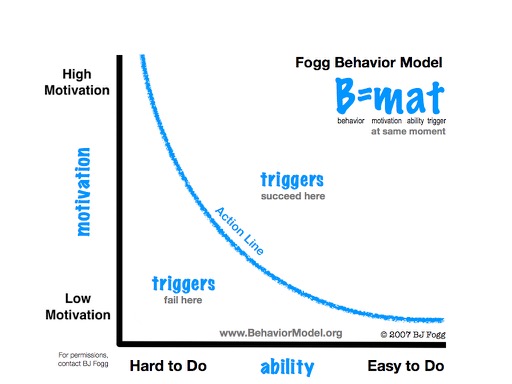
 A/A testing is little known and subject to strong discussions on its usefulness, but it brings added value for those who are looking to integrate an
A/A testing is little known and subject to strong discussions on its usefulness, but it brings added value for those who are looking to integrate an 